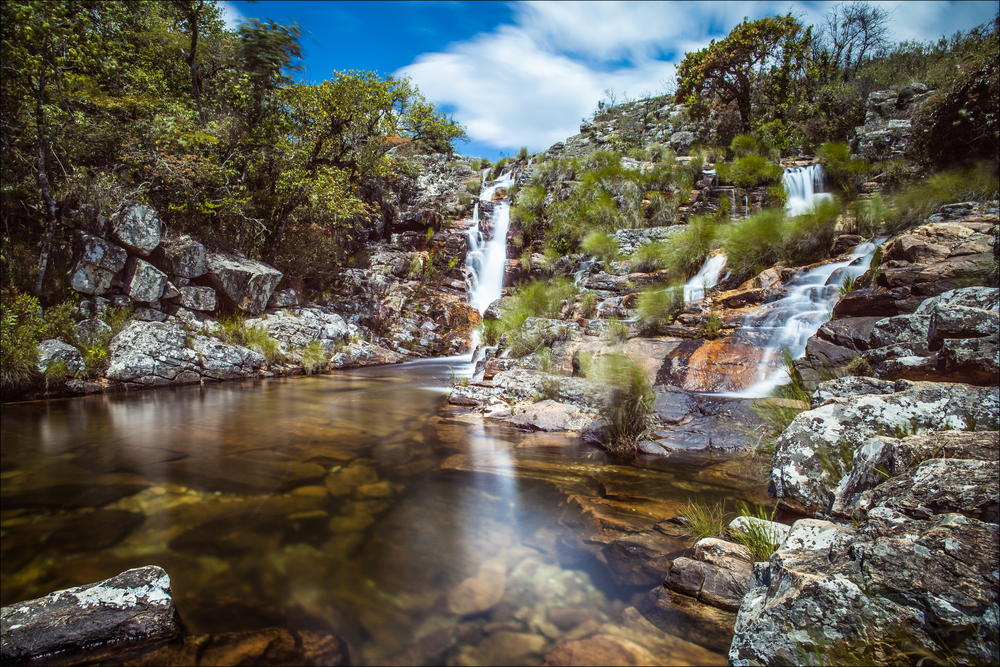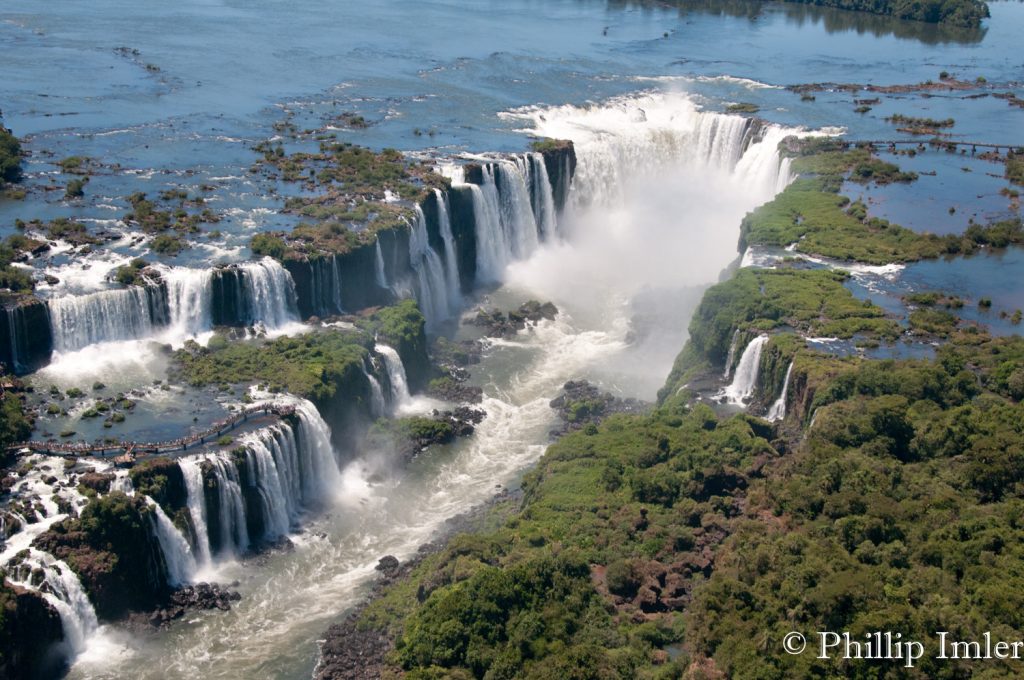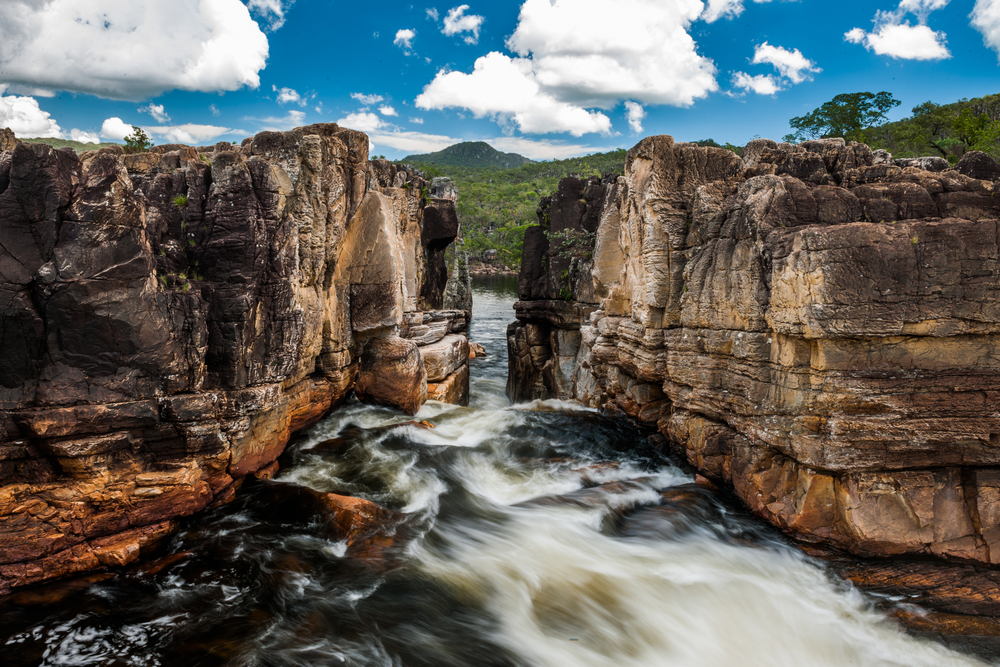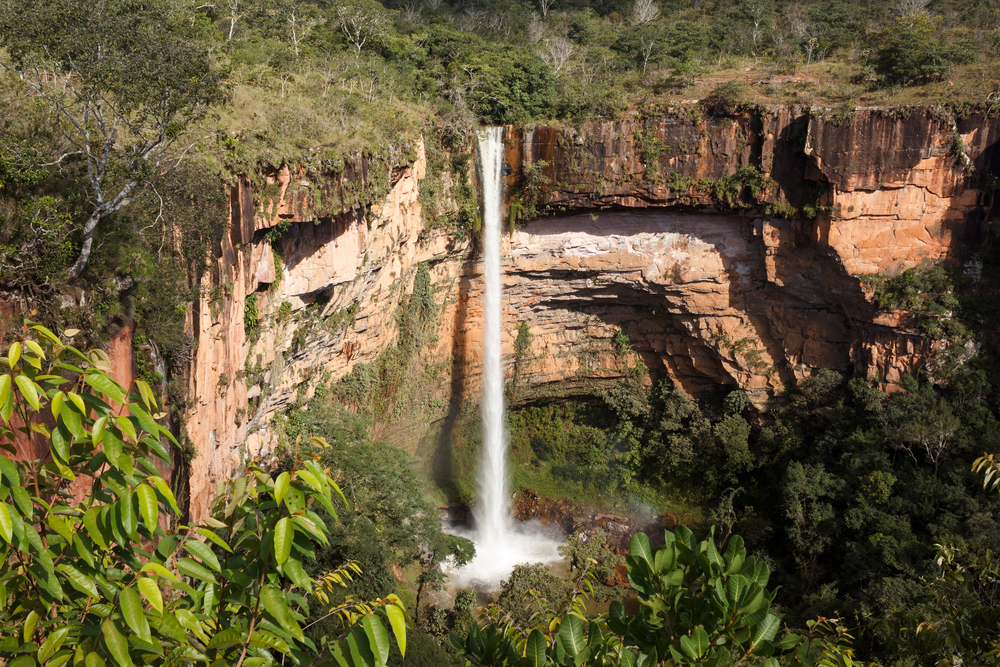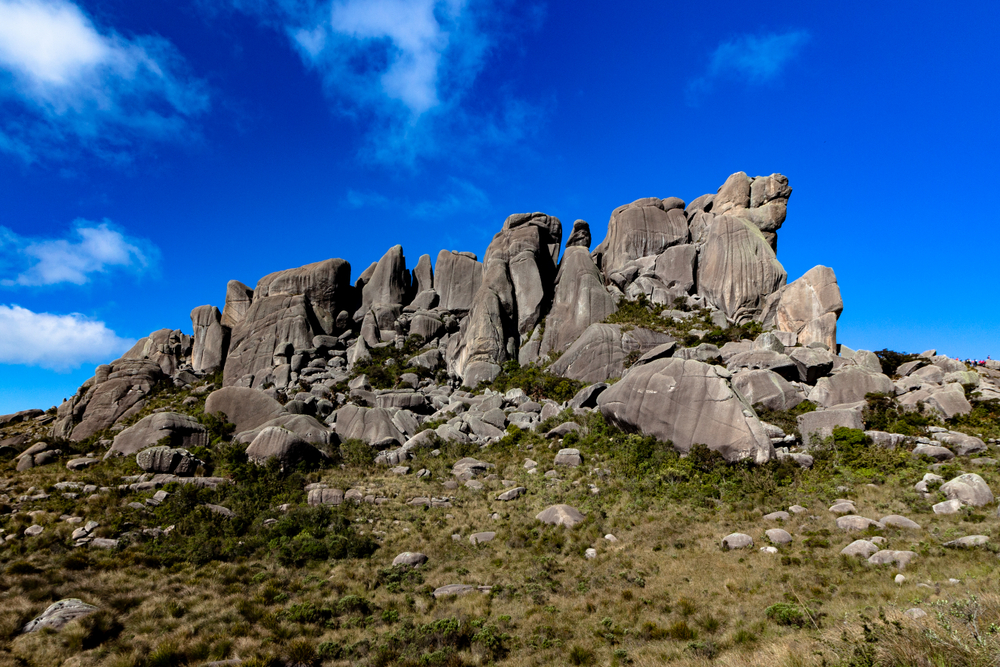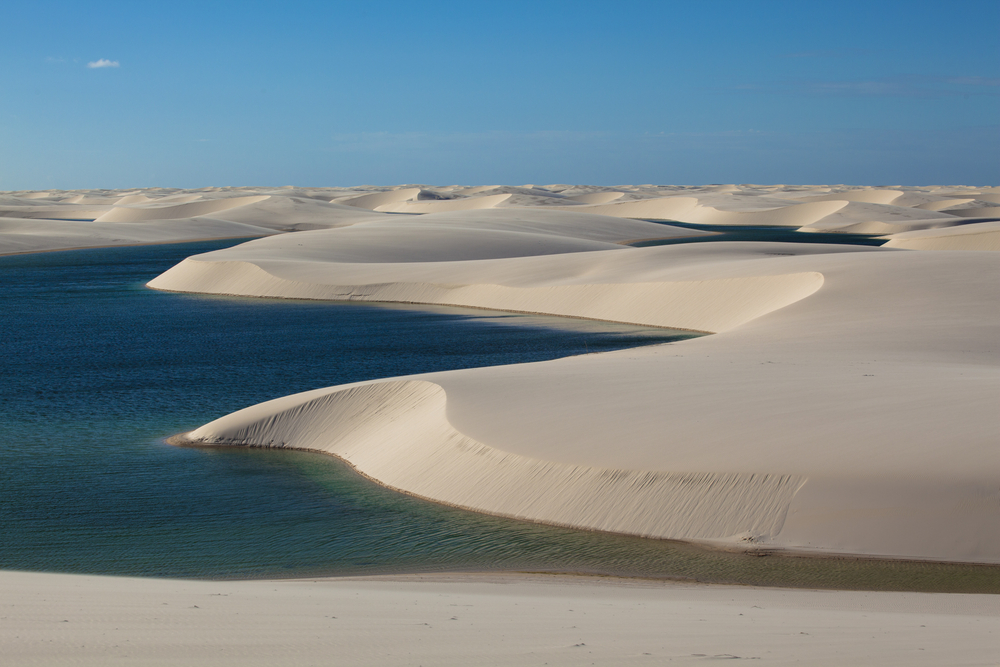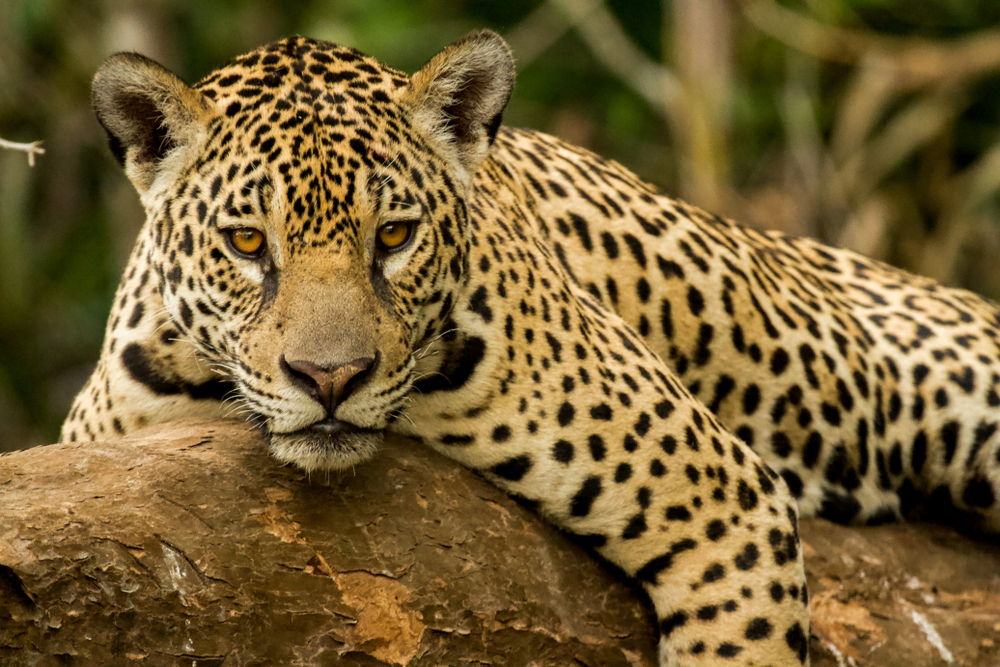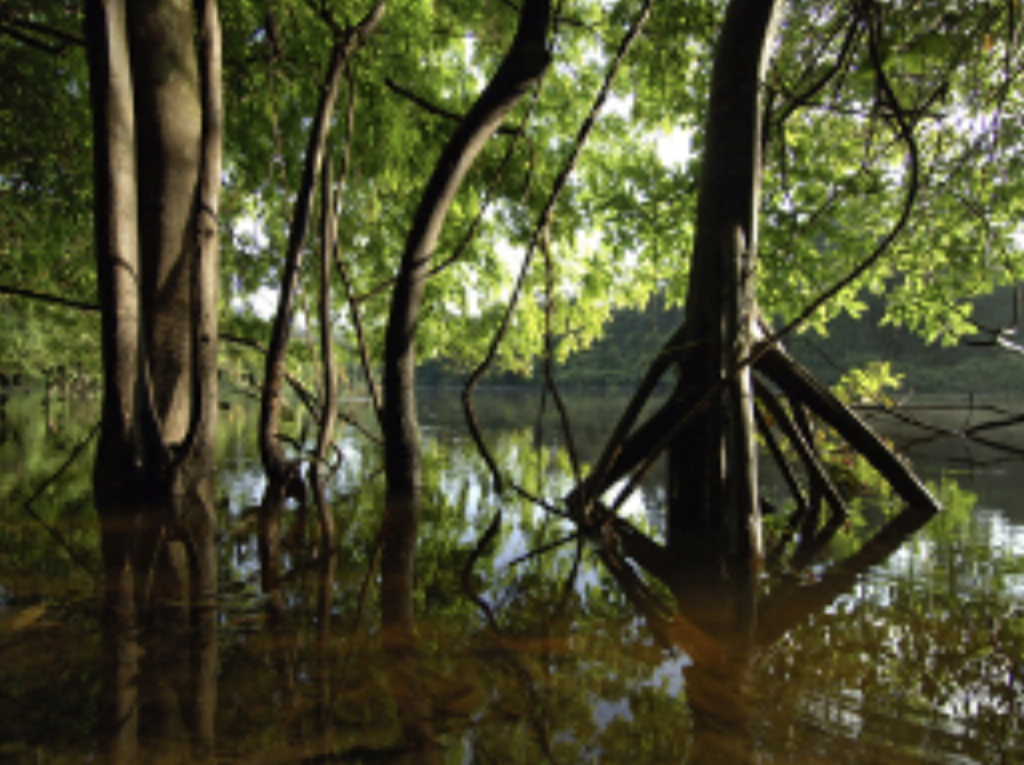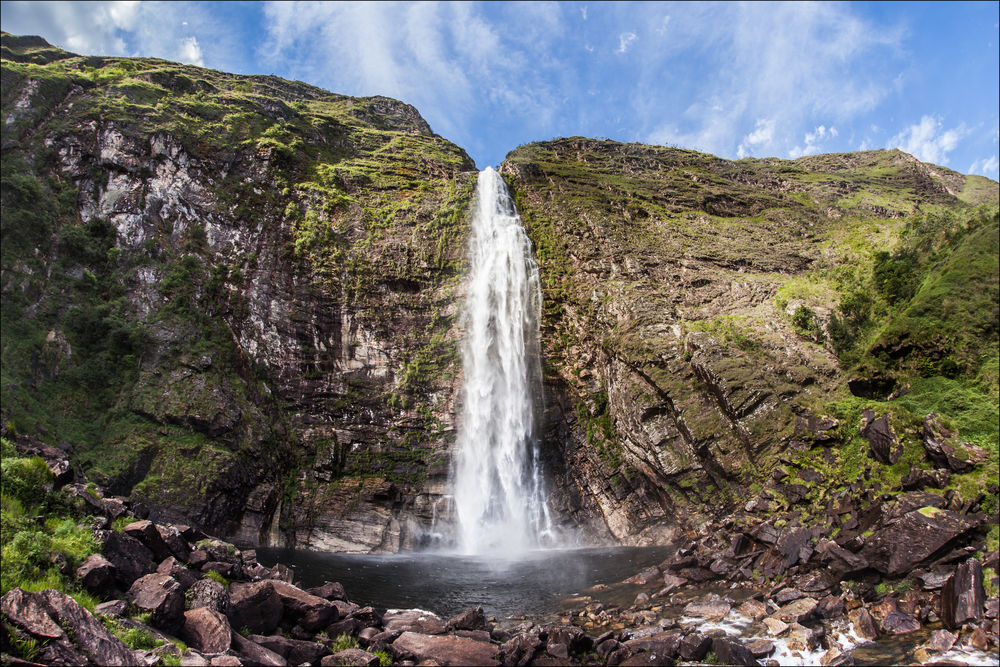Serra da Canastra Overview
Serra da Canastra National Park, established in 1972, is located in the southwestern part of Minas Gerais state, Brazil. Covering an area of approximately 2,000 square kilometers (about 772 square miles), the park is renowned for its rich biodiversity, stunning landscapes, and the source of the São Francisco River, one of Brazil’s most important rivers. The park’s terrain is characterized by its vast, rolling highlands, which give the park its name—Canastra, meaning “chest” in Portuguese, due to the resemblance of the landscape to a traditional type of chest used to store personal belongings.
The Serra da Canastra’s diverse ecosystems range from cerrado (Brazilian savanna) to fields of rupestrian grasslands, with altitudes varying from 900 to nearly 1,500 meters (2,953 to 4,921 feet). This variation in altitude and habitat supports an impressive array of flora and fauna, including many endemic and endangered species. Notably, the park is one of the last refuges of the Brazilian maned wolf, the giant anteater, and the pampas deer.
One of the park’s most famous natural attractions is the Casca D’Anta Waterfall, which plunges 186 meters (about 610 feet) and marks the São Francisco River’s dramatic descent from the Canastra plateau. The waterfall and the river’s upper reaches are popular spots for eco-tourism activities, such as hiking, wildlife watching, and enjoying the serene natural beauty.
Serra da Canastra National Park plays a crucial role in water resource conservation, with several springs within its boundaries, including the São Francisco River’s source, which is vital for the socio-economic development of the region. The park’s conservation efforts ensure the protection of these water sources and the preservation of its unique ecosystems.
Visitors to Serra da Canastra can explore a variety of landscapes, from verdant valleys to rugged cliffs, experiencing the park’s natural wonders and the traditional culture of the local communities, making it a vital destination for nature lovers and those seeking to understand Brazil’s environmental heritage.








































































